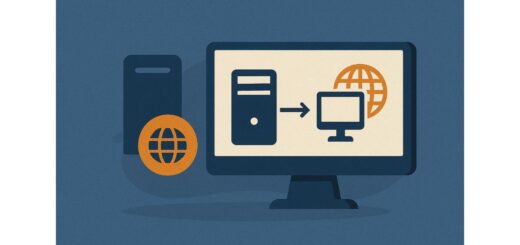How do I create a Task Sequence in MDT?

Applies to: Microsoft Deployment Toolkit (MDT) 8456 and later
Last updated: May 2025
Problem
After importing an operating system into MDT, you need to create a Task Sequence to define how that OS is deployed to target machines.
Solution
A Task Sequence is a series of steps that MDT runs to deploy Windows, install applications, apply settings, and more. You must create at least one Task Sequence to begin deploying systems.
Step-by-Step Guide
1. Open Deployment Workbench
- Launch Deployment Workbench.
- Expand your Deployment Share > Task Sequences.


2. Create a New Task Sequence
- Right-click Task Sequences > New Task Sequence.
- Enter the following details:
- Task Sequence ID: A short, unique identifier (e.g.,
WIN11ENT64) - Name: A descriptive name (e.g.,
Windows 11 Enterprise x64) - Comments (optional): Add version or environment notes.
- Task Sequence ID: A short, unique identifier (e.g.,
Click Next.
3. Choose a Task Sequence Template
- Select Standard Client Task Sequence.
- This is used for standard OS deployments to client devices.
- Other templates exist for server deployment, custom tasks, and LTI capture.
Click Next.
4. Select the Operating System
- Choose from the list of operating systems you’ve previously imported.
- Click Next.
5. Specify Product Key
- If you’re using KMS activation, leave this blank.
- For MAK or Retail keys, enter the product key here.
Click Next.
6. Enter Administrator Password
- Set a local Administrator password (optional, but recommended).
- This applies to the built-in Administrator account on deployed machines.
Click Next, then Finish.
After Creation: Optional Configuration
Once the Task Sequence is created, you can further customize it:
A. Edit Steps
- Right-click your new Task Sequence > Properties > Task Sequence tab.
- You can add, remove, or reorder steps such as:
- Install Applications
- Format and Partition Disk
- Apply Drivers
- Join Domain
- Enable BitLocker
B. Add Applications
- Click Install Applications step.
- Choose applications to install during deployment (can be optional or mandatory).
Best Practices
- Use meaningful Task Sequence IDs (helps when automating or troubleshooting).
- Keep Task Sequences modular—use conditions or roles if supporting multiple hardware types.
- Avoid overloading a single Task Sequence with too many roles.
Notes
- You can duplicate existing Task Sequences to save time.
- Task Sequences are saved as XML files in the
Controlfolder of your Deployment Share. - Any changes require updating the Deployment Share before they take effect in boot media.












